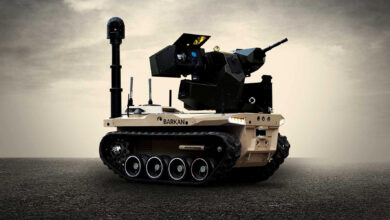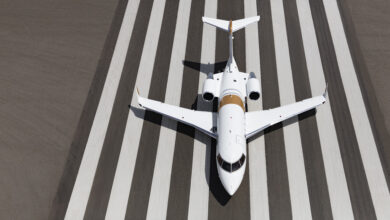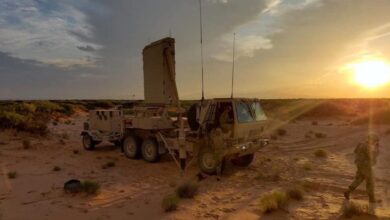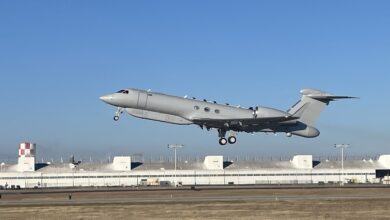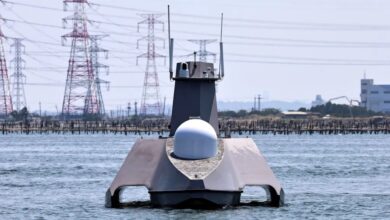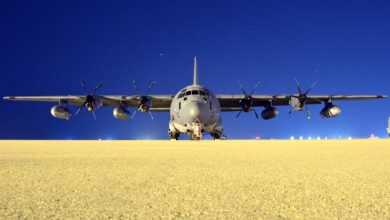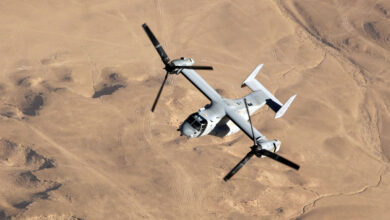Bell Textron, Sierra Nevada Collaborate on High-Speed VTOL Aircraft
American aerospace firm Bell Textron has entered into a collaborative agreement with Sierra Nevada Corporation (SNC) for its High-Speed Vertical Takeoff and Landing (HSVTOL) aircraft.
As part of the deal, SNC will provide the needed support in designing and developing mission systems for various HSVTOL variants.
It is expected to leverage its mission systems expertise to advance the operational capabilities of Bell Textron’s aircraft.
According to Bell Textron Vice President Jason Hurst, the partnership seeks to advance the technical maturity of the craft to deliver its capabilities sooner to warfighters.
“We’re thrilled to have SNC onboard… We’ve made significant progress in Bell’s HSVTOL technology development in 2022, and we look forward to showing this progress in the upcoming year,” he said.
The HSVTOL
Last year, Bell Textron unveiled its design concepts for the new HSVTOL aircraft for military applications.
The aircraft reportedly combines a helicopter’s hovering capability with the speed, range, and survivability of a fighter aircraft.
The platform incorporates low downwash hovering capability and scalability to support various missions with jet-like speeds of more than 400 knots (740 kilometers/460 miles per hour).

The HSVTOL reached a milestone earlier this year with a full-scale demonstration of its folding rotor technology and digital flight control systems.
“This milestone, advanced Bell’s HSVTOL technology to a technology readiness level (TRL) of 4 in 2021, and our 2022 development plan has us rapidly progressing to TRL 5 with an integrated demonstration – one step closer to flight,” HSVTOL Program Manager Jeff Nissen explained.
In February, Bell Textron was selected to proceed to the next phase of HSVTOL development, making it one of the 11 firms to receive a research investment to advance solutions to enable the aircraft’s optimal agility to survive extreme environments.



